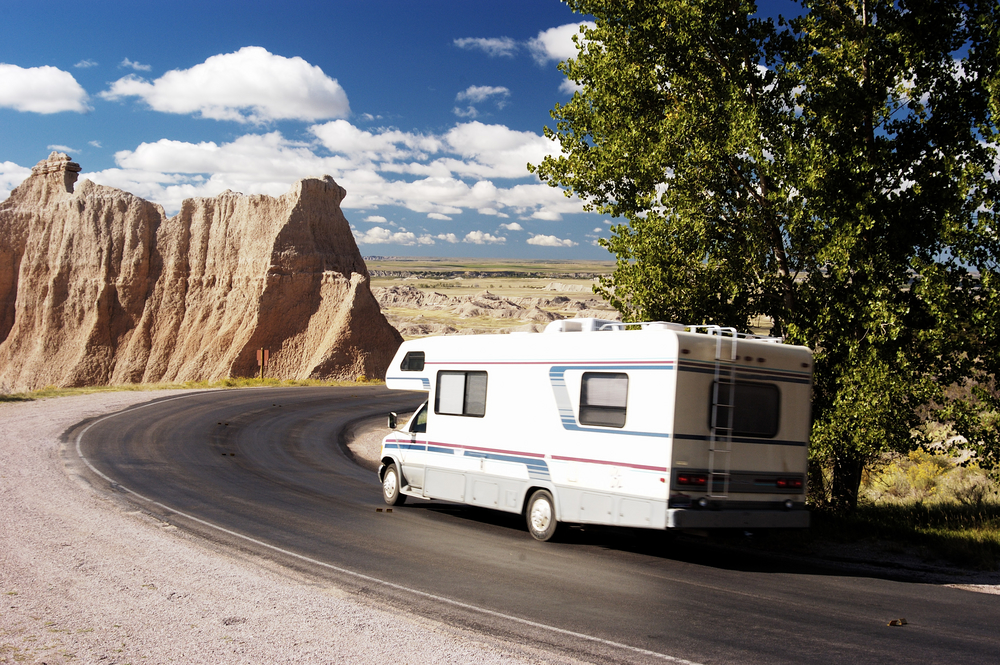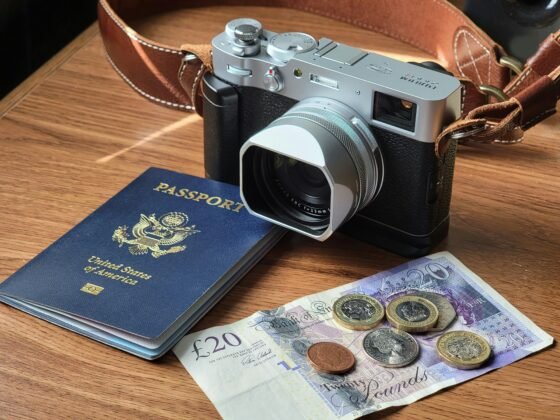
Do you dream about the freedom and excitement of flying a plane? There’s nothing quite like sitting behind the controls of a private plane, as investor Dan Calugar says.
While getting a PPL, or private pilot license, might seem like a daunting task, it’s not as difficult as you might imagine. It’s not as time-consuming as getting a license to fly a commercial jet, for instance. Once you’ve obtained your license, you will be allowed to fly almost any aircraft at any time.
Your PPL will serve as an FAA airman certificate that will allow you to operate an aircraft, with a few exceptions.
If you want to become a private pilot, you need to follow these steps.
Basic Requirements
There are some basic requirements for people who want to obtain a PPL. You have to be 17 years old or older to become a private pilot. You must also have a sport, student, or recreational pilot certificate, as well as a third-class medical certificate at the very least.
In addition, you have to pass an aeronautical practical and knowledge test and complete flight training and ground instruction. Finally, you must obtain endorsements in your logbook.
The most accessible place to start is obtaining a student pilot certificate. All you have to do to get that is complete an application online.
The next step is receiving your medical certificate. You can apply for that certificate online as well, but you’ll need to pass an in-person physical examination administered by an Aviation Medical Examiner or AME.
The average cost to become a private pilot is approximately $10,000. That includes costs for training, obtaining the required certificates, and taking the tests.
Ground Training
Official instruction begins on the ground. Before you can take to the air, you must enroll in a course that will take you through the main concepts of aviation. You’ll learn the basics of radio communication, aerodynamics, and all the Federal Aviation Regulations, also referred to as FARs.
This training can be completed through an in-person or at-home course. There are no minimum hours of ground training for Part 61 schools, while Part 141 schools require at least 35 hours of this training.
Flight Training
Flight School is next, and this is where you’ll get experience in the air. At this step, you’ll learn pre-flight preparation, emergency procedures, and navigation, along with other areas of operating an aircraft.
You’ll learn directly from an instructor who will ride with you in an aircraft, showing you the ropes before handing you the reins.
At Part 61 schools, you’ll need a minimum of 40 hours of flight training compared to 35 hours at Part 141 schools. That being said, most pilots require between 60 and 75 total hours to become proficient in flying.
While flight school may take as little as a few weeks, most people should expect roughly three months of training.
Knowledge Test
You’ll also need to pass an aeronautical knowledge test. Many pilots will complete this step before going to flight school.
This is an aptitude test that takes roughly 2.5 hours to complete. It has 60 multiple-choice questions, and you must achieve a passing score of 70%. Once you have passed the test, the results are valid for the next two years.
Practical Test
Dan Calugar explains that the final step on the journey to becoming a private pilot is passing a practical test, more commonly known as the check-ride. This step must be completed after the knowledge test, pilot training, and receiving an endorsement from an instructor.
An FAA inspector will administer the check-ride. There are two parts, each of which will last roughly 1.5 hours. The first is an oral test, and the second part is an actual ride-along flight.
Once you’ve completed all these steps, you’ll receive your PPL and be ready to fly a private aircraft.
About Daniel Calugar
Daniel Calugar is a versatile and experienced investor with a computer science, business, and law background. He developed a passion for investing while working as a pension lawyer and leveraged his technical capabilities to write computer programs that helped him identify more profitable investment strategies. When Dan Calugar is not working, he enjoys working out and being with friends and family, and volunteering with Angel Flight.












